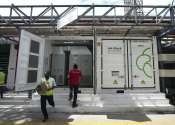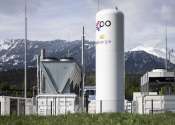China launches appeal at WTO over EU electric vehicle tariffs
Beijing said Friday it had filed an appeal with the World Trade Organization over the European Union's imposition of additional tariffs on imports of electric vehicles from China.
Aug 9, 2024
0
35









